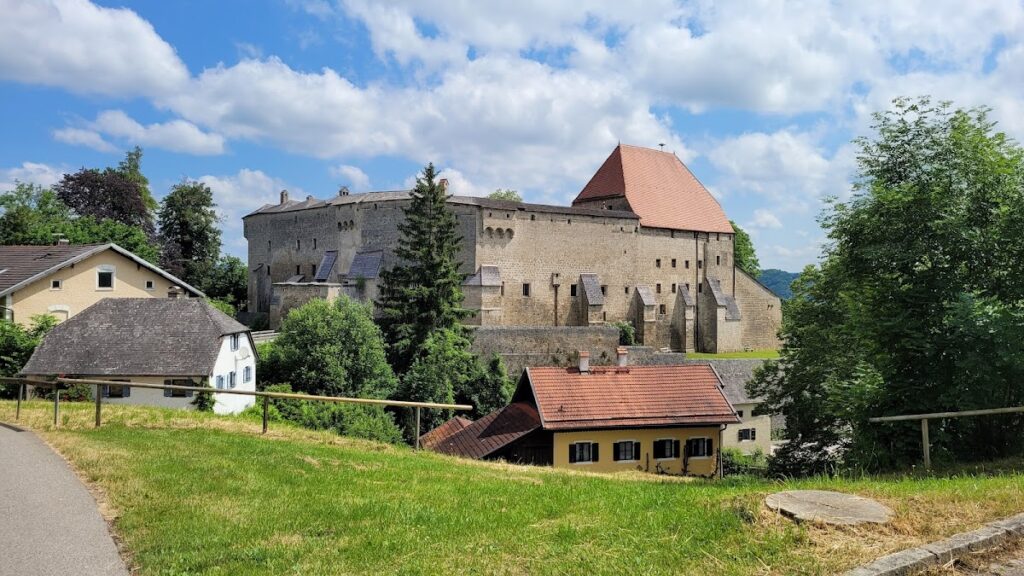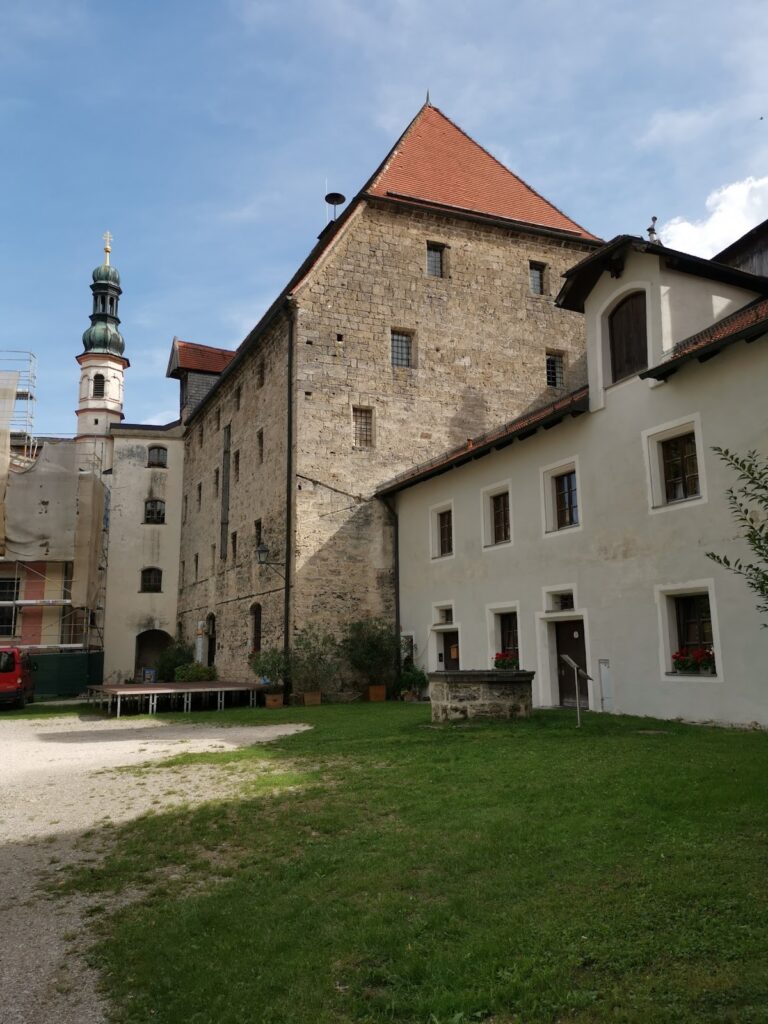Burg Tittmoning: A Historic Medieval Fortress in Germany
Visitor Information
Google Rating: 4.6
Popularity: Low
Google Maps: View on Google Maps
Official Website: www.tittmoning.de
Country: Germany
Civilization: Unclassified
Remains: Military
History
Burg Tittmoning stands on a hill overlooking the town of Tittmoning in Germany. Its origins trace back to the medieval period, likely constructed during the 12th or 13th century by the local noble Lords of Titmoningen, although this early history remains uncertain. The fortress first appears in historical records after it came under the control of the Archbishopric of Salzburg. Under Archbishop Eberhard II, the castle served as a strategic border stronghold, marking the frontier between Salzburg’s territories and Bavaria.
Throughout the late 13th and early 14th centuries, Burg Tittmoning was managed by a series of castellans appointed temporarily by Salzburg’s archbishops. These guardians included Friedrich von Törring in 1273, Ulrich von Wispeck in 1282, and Heinrich von Nopping in 1299. Early in the 14th century, the Goldegg family took on stewardship. The castle featured prominently in regional conflicts, most notably during the Battle of Mühldorf in 1322, when its commander, Konrad von Oberndorf, was captured. Subsequently, Wulfing von Goldegg aligned with Emperor Ludwig the Bavarian, prompting Bavarian forces to destroy the fortress in 1324.
Salzburg regained ownership of the castle in 1327 and undertook significant repairs and fortifications by 1338. During this period, Burg Tittmoning regularly accommodated delegations from Salzburg and Bavaria, reflecting its ongoing importance. Administrators known as Pflegers, who oversaw the castle and surrounding lands, included Hans von Traun, Hadmar von Laber, Jörg von Frauenberg, Adam von Thurn, and Sigmund von Lamberg, serving from the 14th through the 16th centuries.
In the late 15th century, the castle underwent expansion into a late Gothic fortress. From 1484, the retired Archbishop Bernhard von Rohr made it his residence. The fortress was briefly pawned to Bavaria during the turmoil of 1525 for four years, after which it experienced major renovations in the mid-1500s. Among these improvements may have been the construction of a granary building in 1553.
By the end of the 16th century, the castle’s administration shifted away from resident officials, with the Pfleger residing in the town below. During the Salzburg War in 1611, Bavarian troops inflicted damage on Burg Tittmoning. The castle was restored to Salzburg’s control in 1614, and over the next several years, under Archbishop Markus Sittikus and the architect Santino Solari, it was transformed into a hunting lodge.
During the Thirty Years’ War, the castle served as a base for part of the Salzburg militia. Between 1690 and 1694, its chapel received a Baroque refurbishment. The fortress saw continued use until its last commander left in 1790. Afterward, it fell into disuse until a fire in 1805, during French occupation, destroyed the central keep.
Following the political shifts after 1816, Burg Tittmoning became property of Bavaria. Concern for its preservation led to its purchase by the town of Tittmoning in 1852. Since 1911, the castle has housed a museum. During World War II, its spaces served various roles, including as a prisoner-of-war camp in 1940 and a postwar refugee camp. Restoration work culminated in the reopening of the museum in 1953.
Remains
Burg Tittmoning occupies a hilltop site, maintaining its historic role as a vantage point over the town below. The castle’s construction reveals medieval origins with significant alterations from the 15th and 16th centuries visible in its present form. Its layout features robust curtain walls surrounding several structures, combining defensive and functional purposes.
Among the earliest surviving elements are two groin vaults located in the ground floor of the cavalier building. Groin vaults are formed by the intersection of two barrel vaults, providing strength and stability, suggesting parts of the castle’s original 12th or 13th-century construction persist here. A well situated before the kitchen wing also dates back to this early period, serving as an essential water source for castle inhabitants.
One of the castle’s most distinctive features is the Traidkasten, a three-story grain store attached to the southern curtain wall. This building, characterized by a substantial hipped roof, was likely constructed around 1553 during the castle’s mid-16th century renovations. It reflects an economical purpose, storing provisions necessary for the fortress’s operation and siege endurance.
The chapel of St. Michael forms another key component of the castle complex. Although originating earlier, it underwent substantial Baroque remodeling between 1690 and 1694, which enhanced its interior decoration and architectural detail to suit contemporary tastes for religious spaces.
Burg Tittmoning also houses the Rupertiwinkel local history museum. This museum holds Bavaria’s largest collection of shooting targets, dating from 1600 to 1930, illustrating a local tradition, and features artwork by Johann Baptist Cetto, a regional artist. These exhibits connect the castle’s long history with the cultural heritage of the surrounding area.
Overall, the castle preserves a layered architectural character, reflecting its evolution from a medieval border fortress through to a Renaissance stronghold and Baroque lodge, with its archaeological remains providing tangible links to its complex past.










